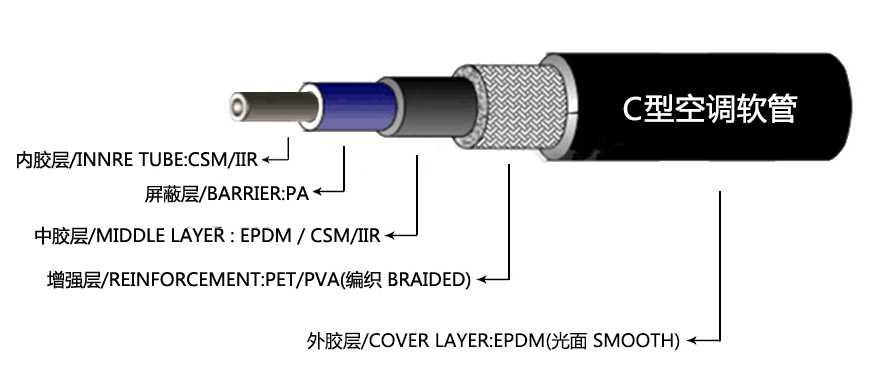female and male hose connectors
Understanding Female and Male Hose Connectors A Comprehensive Guide
When it comes to plumbing, gardening, or even car maintenance, the importance of hose connectors cannot be overstated. Among these connectors, female and male hose fittings play a critical role in ensuring leak-free connections and the smooth flow of fluids. This article delves into the characteristics, uses, and selection criteria for female and male hose connectors.
What are Hose Connectors?
Hose connectors are devices that join hoses to each other or to other components in a plumbing system. They come in various shapes, sizes, and materials, depending on their intended use. The two primary types include female and male connectors. Understanding the difference between these types is essential for achieving compatibility and functionality in various applications.
Female Hose Connectors
Female hose connectors have an internally threaded or smooth end designed to receive pipe or hose fittings. These connectors can accept male connectors, creating a secure connection that allows fluids to flow uninterrupted. They are typically used in applications where hoses need to be extended or where multiple hoses need to be combined.
Common materials for female connectors include brass, plastic, or stainless steel, each offering specific benefits. Brass connectors, for instance, are durable and resistant to corrosion, making them ideal for outdoor use. Plastic connectors are lightweight and less expensive, suitable for casual gardening tasks where heavy-duty performance is not necessary.
Male Hose Connectors
On the other hand, male hose connectors have an externally threaded end designed to fit into female connectors. They can also connect to various fixtures such as faucets, pumps, or other hoses. The threads of male connectors are designed to create a tight seal when inserted into a compatible female connector, preventing leaks.
female and male hose connectors

As with female connectors, male connectors come in a variety of materials and sizes. For instance, a commonly used size for garden hoses is 3/4-inch. Choosing the correct size ensures a snug fit and optimal water flow.
Choosing the Right Connector
Selecting the appropriate female or male hose connector involves several factors
1. Thread Size and Type Understanding the dimensions of the connectors you have is crucial. Most household hoses use standard sizes, but always double-check before purchasing new connectors.
2. Material Compatibility Consider the environment and application when choosing the material. If the connectors are used for drinking water, ensure they are made from food-grade materials. For pressure washing, select heavy-duty materials that can withstand high pressures.
3. Type of Fluid The type of fluid flowing through the connectors can also influence your choice. Some materials are better suited for hot water or chemical applications, so it’s essential to check compatibility.
4. Connection Style There are different connection styles, such as threaded or snap-fit. Ensure that you choose the right connection type for your project to guarantee a secure fit.
Conclusion
Female and male hose connectors are vital components in various applications, ranging from home gardening to industrial plumbing systems. Understanding their differences and how they function can help you make informed choices, ensuring ease of use and preventing leaks. Whether you are expanding your garden hose system, maintaining your vehicle, or working on a DIY plumbing project, selecting the right male and female connectors will make your tasks easier and more effective. Always remember to prioritize compatibility and quality to achieve the best results in your projects.
-
Reliable Brake Line Solutions for Your VehicleNewsJun.05,2025
-
Quick Fix for Leaky Air Conditioning HosesNewsJun.05,2025
-
Powerful Sewer Jetting Solutions for Tough ClogsNewsJun.05,2025
-
Power Steering Hose Problems SolvedNewsJun.05,2025
-
Hose Protectors That Actually WorkNewsJun.05,2025
-
Essential Hose Connectors for Every HomeNewsJun.05,2025

